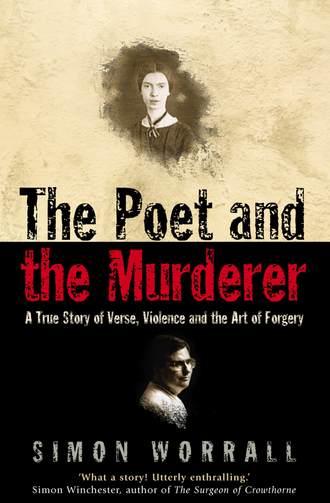The Poet and the Murderer: A True Story of Verse, Violence and the Art of Forgery

Полная версия
The Poet and the Murderer: A True Story of Verse, Violence and the Art of Forgery
Настройки чтения
Размер шрифта
Высота строк
Поля
Конец ознакомительного фрагмента
Купить и скачать всю книгу

